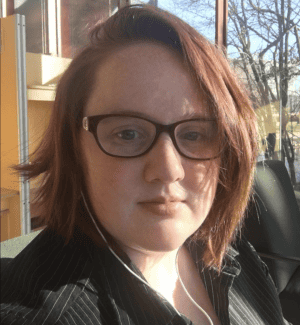For nearly 80 years the site of Susa, Iran was a site rich in archaeological finds. Excavated by the French, the site revealed a plethora of material remains that deeply impacted the art historical canon of the Near East. My project involves looking through the catalogues and isolating the finds that were imported to the site between 5000-323 BCE in an attempt to trace the interactions that brought the material to the site. The goal is to create an Omeka catalogue which will place the imported finds in context with each other for the first time to determine any potential links between objects. Many of these objects were important to kingship ideologies at the site, and by looking at these objects in particular I am hoping to uncover patterns about object acquisition and display at the site through several different empires.
I began the project before the summer fellowship, and the goal of the fellowship was to give me time to finish data entry for the nearly 800 objects that I’ve found to have been imported. My first task was an assessment of what needed to be worked on since it had been some time since I had an opportunity to work on it. I found that my first major task was to add accession number tags to the objects already in the database in order to ease searching for the objects. These accession numbers come from the museums in which they currently reside, and are individual to each object. I had to make them tags because while I had already entered the numbers in a separate field in Dublin Core, they were not searchable which was hindering my progress to complete the entries.
The second thing I did was go through the nearly 31,000 objects in the louvre catalogue in order to make a master list of the finds. This took several days since there were so many objects that I needed to ensure would make the catalogue. Now that the material has been compiled I am able to go through object by object and ensure the objects in my catalogue match with the master list. This makes it easier to add objects that may have inadvertently been left out previously, as well as allow for a secondary check on the data I’ve already entered.
Going forward, I will be going individually through the catalogue and adding data and updating or creating entries as I go. I anticipate this part of the project to take several weeks as there is a great deal of data to be entered in the catalogue and individual entries. Ideally, if I finish the project, I will begin creating maps that correspond to the finds which I hope will eventually combine into an interactive map that will reveal where these objects were originally at the site as well as the object’s accompanying information.
Susa Imports Catalogue
